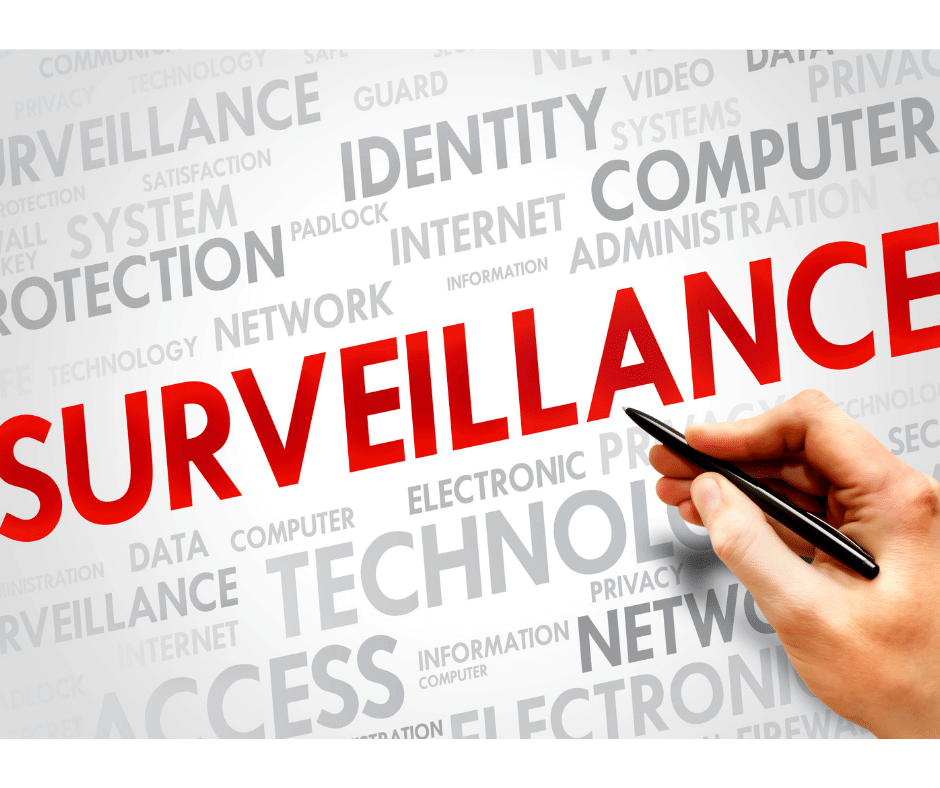Introduction
Technovigilance or Medical Device Surveillance is the activity that guarantees that any medical technology in Mexico is correctly working and describes how to report any incident related to the device.
In this text, we summarize the technovigilance requirements in Mexico. Specifically:
- How to identify an adverse incident,
- When to report and not report an incident,
- Responsible entities and the period of time to inform the incident,
Legal Framework
The Mexican Official Standard for technovigilance is the NOM-240-SSA-2012.The aim of this norm is to define how to operate and install a technovigilance program in Mexico.
It is worth mentioning that this technical norm is well aligned with other Mexican and international regulations related to medical device surveillance programs.
This norm is only applicable for the Mexican territory for those incidents that occurred in the country. Nevertheless, in case an incident in Mexico is reported, it is necessary to provide information to the CNFV (The Ministry of Health Center in charge) about the corrective/preventive actions performed in Mexico and other countries.
Key Definitions
There are a few terms that will help us to understand this Mexican regulation related to Technovigilance. We suggest checking the norm for more details about any other term you may have questions or feel free to get in touch with us.
Incident: any event related to a medical device.
Adverse Incident: any event related to a medical device, caused by a malfunction and that could lead to death or health deterioration.
CNFV: The National Center of Pharmacovigilance. The entity that receives and evaluate any reported incident.
Notification: the act used to inform the CNFV the existence of an incident. This could be an initial, follow up or final notification.
When to report and not to report an incident
We have defined an adverse incident and an incident, but it is still a vague description to identify when to get in contact with the authorities. Therefore, we provide a summary of when to report and not to report an incident:
You need to report an incident in case any of the following 3 points prevails:
Point 1
- It is related to a malfunction that caused the adverse incident.
- It is an unpredicted adverse incident. In other words, an adverse incident not identified by the manufacturer during the risk evaluation.
- Labels or manuals provide inaccurate information that caused the adverse incident.
- The medical device has interactions with other products or substances that lead to the adverse incident.
- There are False Positives or Negatives in Diagnostic devices that lead to the adverse incident.
Point 2
- The incident is related to the medical device.
Point 3
- The incident caused or could cause patient death or important health deterioration.
You do not need to report an incident when:
- The malfunction was detected prior the device usage. In the meantime, the malfunction would not cause death or important health deterioration.
- When the patient condition was the real cause of the event.
- Expired devices were used.
Responsible parties
A surveillance program is part of any entity or party related to the medical device. Even patients, nurses and physicians are encouraged to report an incident. Nevertheless, the norm clearly states that the sanitary registration holder as the local representant of the device manufacturer, is the main responsible of handling the technovigilance program in Mexico.
In other words, any manufacturer outside in Mexico who has registered his products in Mexico, must be sure who acts as its Mexican Registration Holder in order to request any feedback related to incidents in Mexico or even worldwide. You can check more details about your specific role in our guides.
Timelines to notify an event
As a result of the efforts of the MoH (Ministry of Health) to make the Technovigilance accessible and for more people, any notification can be performed online via the COFEPRIS webpage. The holder must report an adverse incident within the following timelines:
- In case of public health threat: 2 working days.
- In case of death or important health deterioration: 10 days.
- Any other type of adverse incident: 30 days.
Conclusions
We have identified when to report and not to report incidents, its timelines and responsible parties in Mexico. Nevertheless, the authority encourages to promote the pro notification criteria in cases it is not clear to report or not.
Although not discussed in this article, even if no incidents are reported during a 5 year period, it is still necessary to present a Technovigilance report to the authorities, as a requirement of the extension of the registration. You can find more details in our Regulatory Guide.
Please, contact us at contact@veraqueconsulting.com to know more about this topic or any other question you may have about the sanitary regulation in Mexico. You can also check our guidelines with more details about the regulatory process in Mexico.

